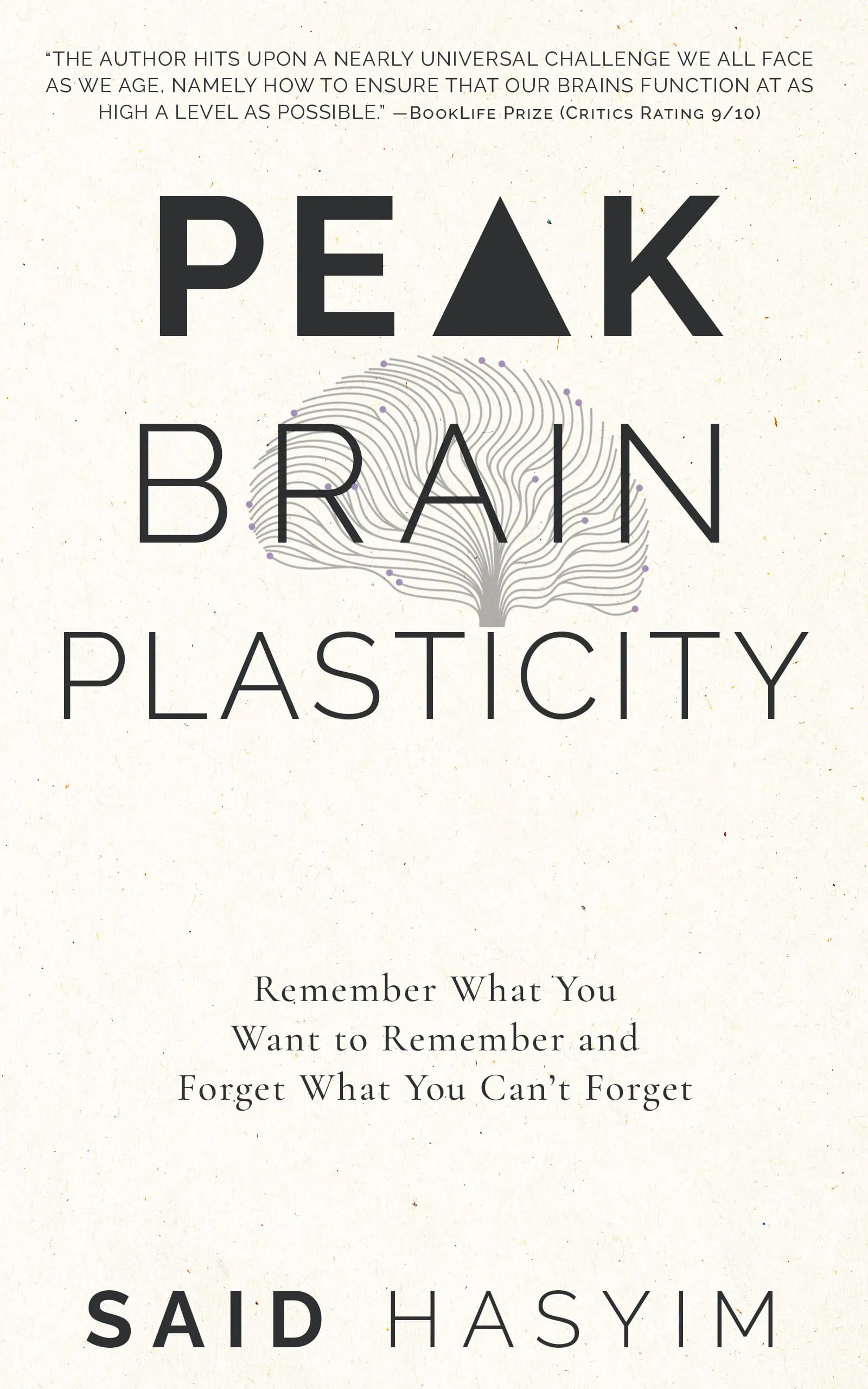The Impact of Visual Aids on Memory Retention
In today’s fast-paced world, information is abundant and often overwhelming. Whether we are in a classroom, a corporate meeting, or simply seeking to learn something new, the ability to retain information is crucial for effective learning and productivity. One of the most powerful tools at our disposal to enhance memory retention is the use of visual aids. In this post, we will explore the impact of visual aids on memory retention, delving into the science behind why visuals are so effective, the types of visual aids available, and tips for using them effectively.
Understanding Memory Retention
Before diving into the specifics of visual aids, it’s important to understand how memory works. Memory retention is the ability to encode, store, and retrieve information over time. This process can be influenced by a variety of factors, including:
- Attention: The focus we dedicate to an informational task significantly affects our memory.
- Repetition: Repeated exposure to information can reinforce memory.
- Emotional Connection: Connecting material to personal experiences can enhance retention.
However, the cognitive load theory, proposed by John Sweller, suggests that our ability to process information is limited. When the brain is overloaded with verbal information, it can struggle to retain it effectively. This is where visual aids come into play.
The Science Behind Visual Aids
Visual aids, including images, infographics, charts, and diagrams, align perfectly with our cognitive capabilities. According to research in cognitive psychology, the dual coding theory posits that we process both verbal and visual information through separate channels in our brain. By incorporating visual stimuli, we create a more holistic and multi-faceted approach to learning.
1. Enhanced Understanding
Visual aids help simplify complex information. For instance, a well-designed infographic can distill complex data into easily digestible visual formats. This simplification aids in understanding and retention, as individuals are better able to conceptualize and relate information when visual references are available.
2. Increased Memory Recall
Studies have shown that people are generally more likely to remember information presented visually than through text alone. This phenomenon occurs for several reasons:
- Visual Cues: Graphical representations act as memory triggers. For example, associating a concept with an image can significantly enhance recall.
- Color and Contrast: Visual aids that utilize color can engage the viewer’s attention and improve retention. Bright colors and high contrast can make important information stand out.
3. Engagement and Motivation
Visual content tends to be more engaging than textual content. When individuals encounter stimulating visuals, they are more likely to remain focused and involved in the material. Moreover, engaging materials can foster a positive emotional response, further enhancing the likelihood of memory retention.
Types of Visual Aids
There are numerous types of visual aids that can be utilized in various contexts, each serving different purposes:
1. Infographics
Infographics present complex information in a graphic format that is easy to understand and share. They often combine text, images, and data visualizations, making them versatile tools for learning.
2. Charts and Graphs
Charts and graphs are great for illustrating data trends and comparisons. They provide a clear visual representation that can make quantitative information more accessible.
3. Mind Maps
Mind maps are diagrams that represent concepts and their relationships. They allow learners to visualize information hierarchically and can serve as effective study tools.
4. Images and Videos
Images and videos can evoke emotions and provide context that text alone may fail to convey. They can capture attention and keep learners engaged.
5. Slideshows and Presentations
Slideshows serve as an organized way to present information visually during lectures or meetings. They allow the speaker to highlight key points while supplementing verbal communication with relevant visuals.
Best Practices for Using Visual Aids Effectively
To maximize the impact of visual aids on memory retention, consider the following best practices:
1. Relevance
Ensure that visual aids are directly relevant to the content being presented. Irrelevant visuals can confuse rather than clarify.
2. Simplicity
Avoid cluttered visuals. A clean and straightforward design helps viewers focus on the essential elements and reduces cognitive overload.
3. Consistency
Maintain a consistent style throughout all visual aids. This helps to establish a visual language that audiences can quickly understand and follow.
4. Integration
Combine visual aids with verbal communication to reinforce learning. As you explain a concept, refer to corresponding visuals to create connections between the two formats.
5. Interactivity
Encourage audience participation by incorporating interactive elements into visual aids. This could involve asking questions related to the visuals or prompting discussions based on visual content.
Conclusion
The impact of visual aids on memory retention is profound. By harnessing the power of visuals, we can enhance understanding, increase recall, and elevate engagement. As technology continues to evolve and our access to information expands, integrating visual aids into our learning processes will become increasingly essential. Whether you're a teacher, corporate trainer, or just someone looking to absorb information more effectively, embracing visual aids will undoubtedly lead to improved memory retention and a deeper understanding of the material.
Remember, visual learning is not just about making things look pretty; it’s about making information more accessible, engaging, and memorable. So the next time you find yourself facing an information overload, reach for the power of visuals to help bolster your memory retention. Happy learning!
Harness the Power of Neuroplasticity
Discover Peak Brain Plasticity, a practical book to harnessing neuroplasticity. Enhance your memory, learn new languages quickly, and alleviate anxiety with effective study methods. Uncover daily habits that impact cognitive health and explore techniques for accelerated learning and memory retention. Unlock your brain's potential for growth and transformation.
